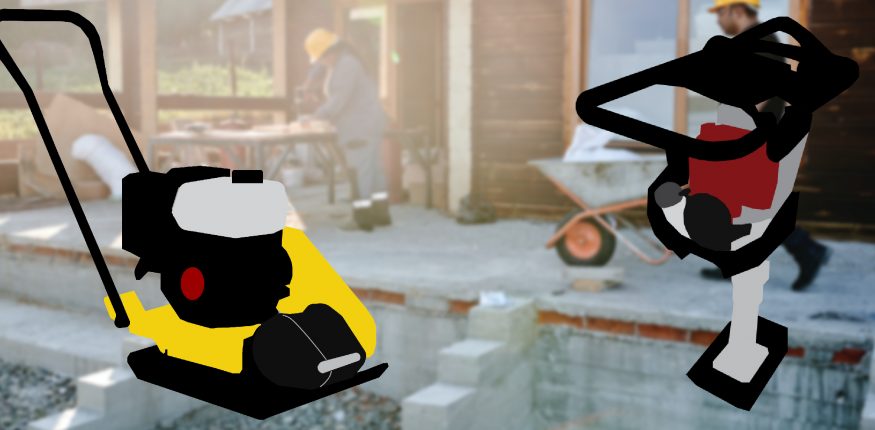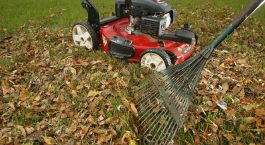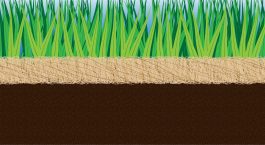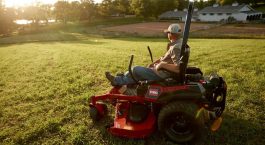Understanding the Terminology
Compaction is key to many construction projects, but there are so many tools out there. Only not really. There are two common types of compacting tools. There is the rammer and the plate compactor. Most of the additional terminology you hear are just other names for rammers. They get called jumping jacks, tamping rammers, jack rammers, and tampers/tamps. Regardless of what they are called, they are all perform the job in the same manner. Plate compactors are sometimes referred to as vibe plates or vibratory tampers.
Soil Types
There are two general compaction tools and also two general soil types:
- Granular Soil: Loose soils like gravel and sand are considered granular soils. These soils cannot be compacted regardless of being wet or dry. Without cohesive strength, they tend to crumble or shift when picked up.
- Cohesive Soil: Firm soils tend to have a high clay content. This gives them high cohesive strength; therefore, they are referred to as cohesive soil. Cohesive soils need the correct amount of moisture (about 13 percent) to correctly compact.
Rammers Vs. Plate Compactors
With terminology out of the way, it is time to understand the differences. Compaction is important and using the right tool makes it easier. In addition, using the right tool can save you time and money! Below I will break down the differences between the two and give recommendations on use cases for each.
Rammers
Rammers or Jumping Jacks compact the soil through impact. Their plate is referred to as a shoe and that shoe jolts up and down usually between 500-700 times per minute to compact the soil. Shoe size can vary, but they are generally pretty small as the machine is meant to focus on deeper compaction in smaller areas.
The style of compaction and size of the shoe make rammers great for cohesive soils. The small shoe size allows for a more focused, direct compaction. Thus, there is more impact force in any given area.
Outside of soil type, jumping jacks are going to be most useful in smaller areas such as trenches, holes, or projects in tight spaces. Also, they can compact deeper, so more soil can be added to each layer.
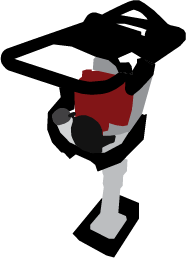
Plate Compactors
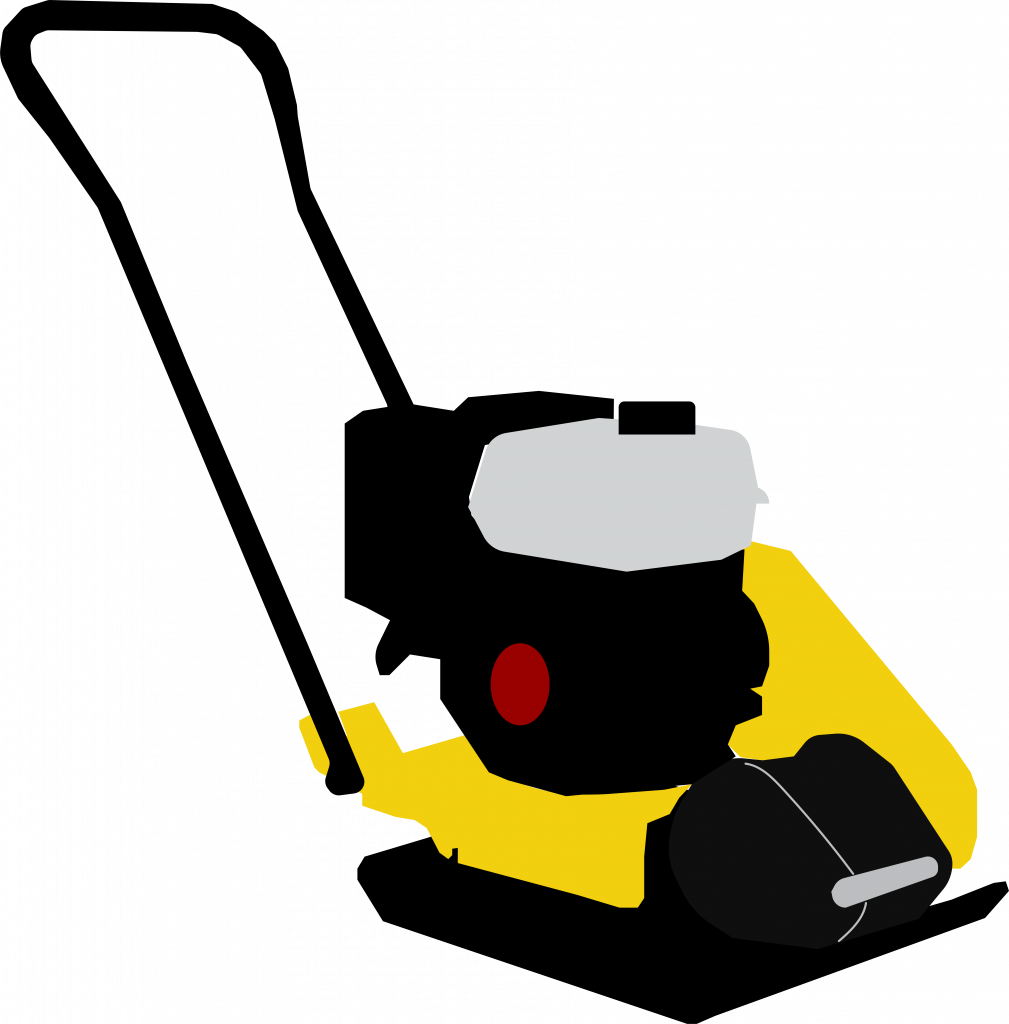
Plate Compactors use vibration to settle/compact the soil, hence the nickname vibe plates. Compactor plates are generally pretty large and the compactors are generally much heavier than a rammer. The plate on the compactor vibrates up and down, relying on the weight of the machine to compact the soil.
The large plate and compaction style make plate compactors ideal for granular soils. Granular soil will respond much better to vibrations rather than direct impaction. The vibrations will force out the air pockets and spaces between particles allowing for a “more cohesive” base.
In addition, plate compactors excel in large areas. They have a large base and an easier operating procedure, so they an generally handle larger spaces much more efficiently.
Things to Consider
So should you get a plate compactor or a rammer? Most landscapers should probably get both. They are going to be handy for different situations. If you are only looking to purchase one or the other, ask yourself the following questions:
- Will you be working mostly large or small areas?
- Are you going to be working with granular or cohesive soil?
If you are working small areas with cohesive soils then a rammer would suite you best; if you plan on doing large areas of granular soil, then a plate compactor will suite you better. Trouble answering the above questions? Having both is ideal anyways and will allow you to pick up more jobs.
